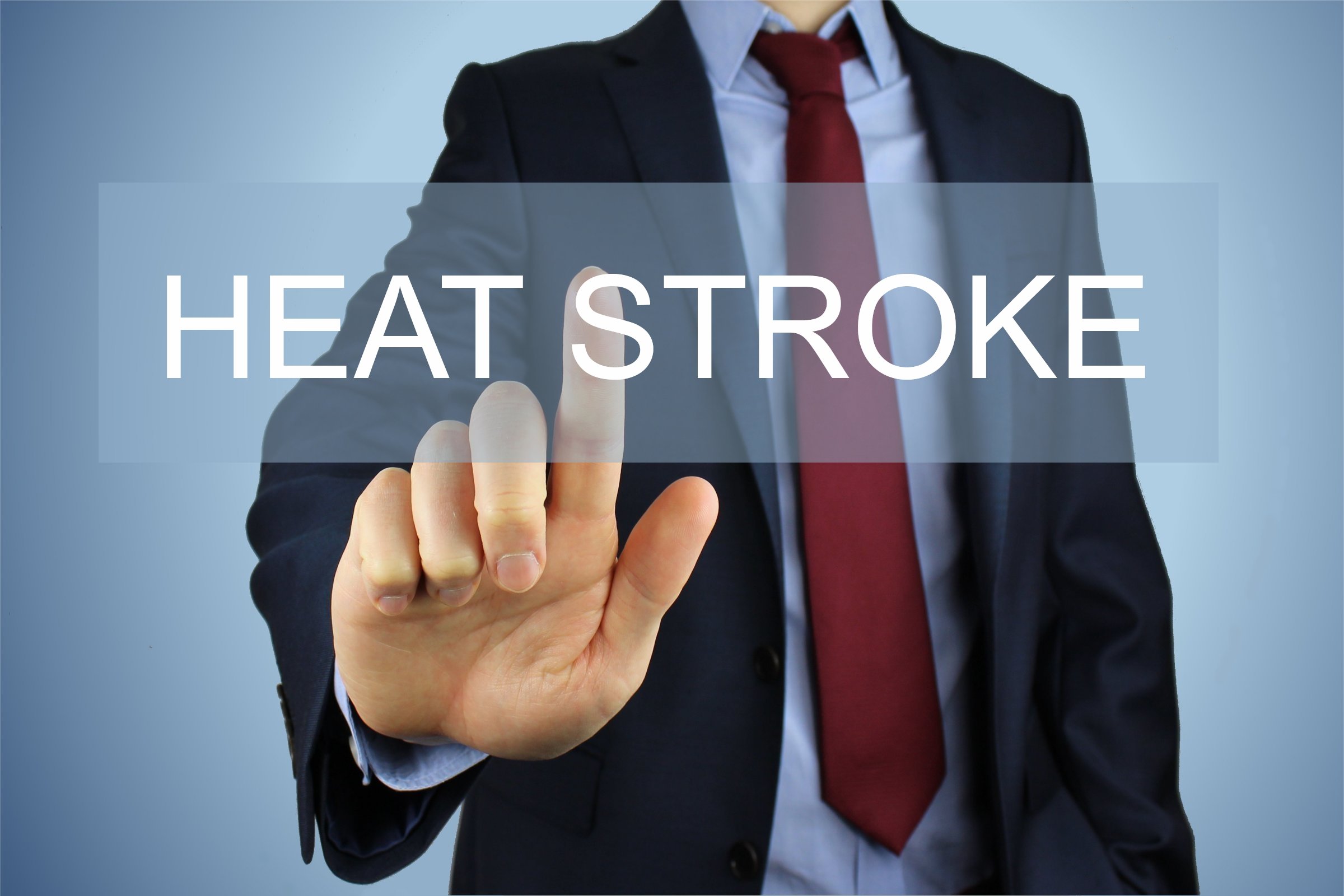One of the significant challenges posed by heatwaves and high temperatures is heat stress. Heat stress, a condition in which the body is unable to dissipate excess heat effectively, can have dire consequences on individuals, particularly those working outdoors or in environments with limited ventilation. In this blog post, we will delve into the importance of heat stress as it pertains to safety, examining its causes, symptoms, and preventive measures that can mitigate its potentially devastating effects.
Understanding Heat Stress

Heat stress occurs when the body’s core temperature rises above the normal range (around 98.6°F or 37°C) due to prolonged exposure to high temperatures and humidity. This can happen when the body’s cooling mechanisms, such as sweating and increased blood circulation, are overwhelmed by the heat. When left unchecked, it can lead to more severe conditions like heat exhaustion or even heatstroke, which is a life-threatening medical emergency.
The Link to Safety
- Occupational Safety: Many industries, such as construction, agriculture, and manufacturing, require workers to be exposed to outdoor or high-temperature environments. Failure to address heat stress in these settings can result in reduced productivity, accidents, and even fatalities. Heat-stressed workers are more prone to errors, decreased concentration, and impaired decision-making, all of which contribute to a higher risk of accidents.
- Outdoor Activities: Beyond the workplace, outdoor recreational activities during hot weather can also lead to heat stress. Hikers, athletes, and anyone engaging in strenuous physical activities are susceptible to this condition. Ignoring its warnings while participating in these activities can lead to injuries or, in extreme cases, death.
- Vulnerable Populations: Certain populations, such as the elderly, children, and individuals with preexisting medical conditions, are more vulnerable to the effects of heat stress. Ensuring their safety during heatwaves requires proactive measures to prevent heat-related illnesses.
Recognizing the Symptoms
Understanding the symptoms of heat stress is crucial for early intervention and prevention of more severe conditions:
- Heat Exhaustion: Symptoms include heavy sweating, weakness, dizziness, nausea, headache, and an elevated heart rate. If not addressed promptly, heat exhaustion can progress to heatstroke.
- Heatstroke: This is a medical emergency characterized by a high body temperature (often exceeding 104°F or 40°C), confusion, unconsciousness, rapid breathing, and a lack of sweating. Heatstroke can damage vital organs and is potentially fatal.
Preventive Measures
- Stay Hydrated: Drink plenty of water to maintain hydration levels, especially during hot weather and physical activities.
- Take Breaks: If working or engaging in outdoor activities, take frequent breaks in shaded or cooler areas to allow the body to recover.
- Dress Appropriately: Wear lightweight, breathable clothing and a wide-brimmed hat to minimize direct sun exposure.
- Use Sunscreen: Protect your skin from sunburn, which can hinder the body’s ability to cool down.
- Acclimatization: Gradually expose yourself to higher temperatures to help your body adapt to the heat.
- Limit Outdoor Activities: During extreme heatwaves, consider rescheduling or reducing outdoor activities.
- Stay Informed: Pay attention to weather forecasts and heat advisories to make informed decisions about outdoor activities.
Heat stress is not a condition to be taken lightly. Its impact on safety spans across various sectors, from workplaces to outdoor recreational activities. By recognizing the symptoms, understanding preventive measures, and prioritizing the safety of vulnerable populations, we can effectively combat the dangers posed by heat stress. As our world continues to experience warmer temperatures, raising awareness about this issue becomes paramount to ensuring the well-being of individuals and promoting a safer and more resilient society.
Join us this Friday the 18th at 11:30am eastern time for a webinar on Heat Stress.